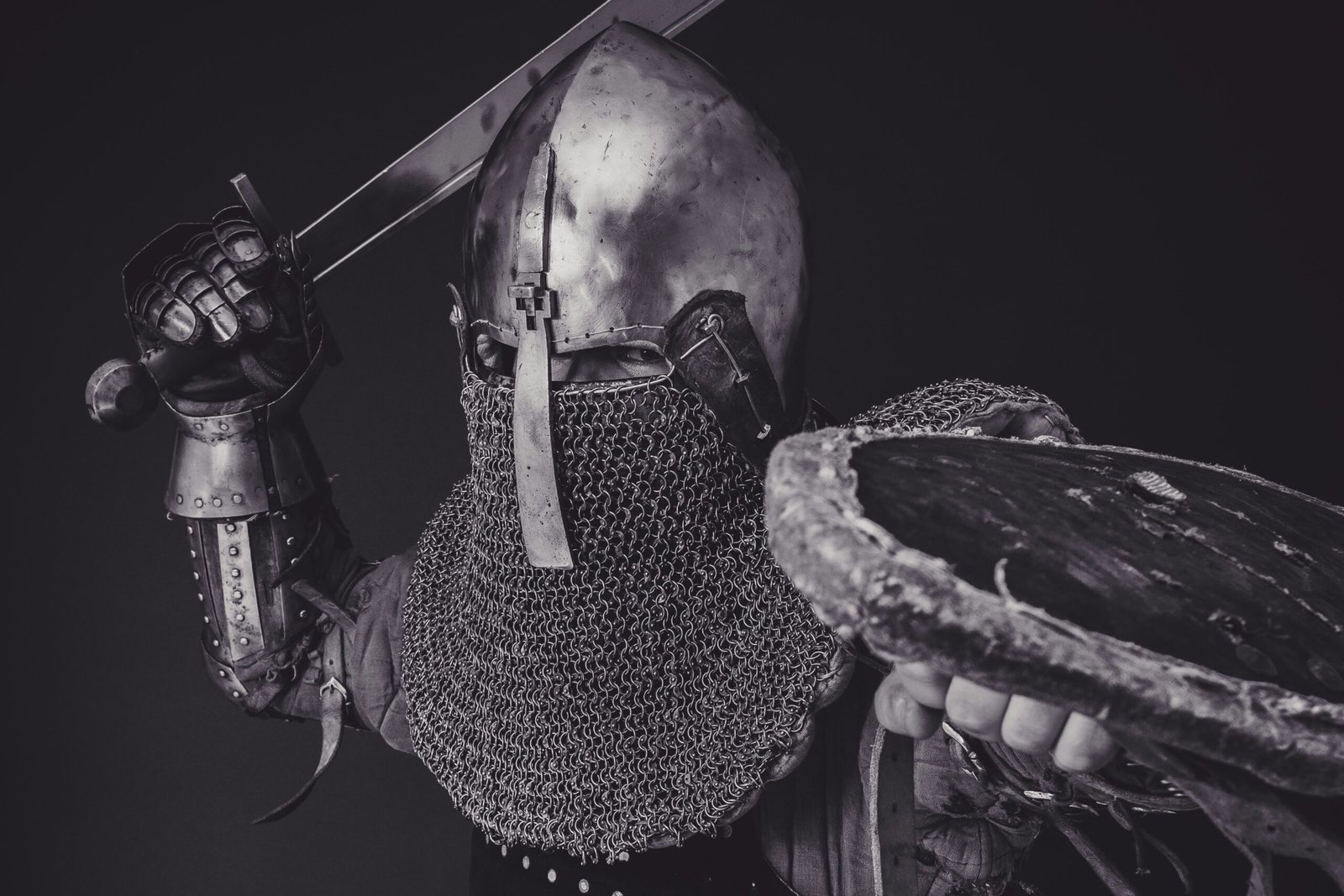
The History and Legend of Excalibur
Excalibur, the fabled sword of King Arthur, is a cornerstone of Arthurian legend and English folklore. Its history is shrouded in mystery and myth, with various accounts detailing its origins. One of the most popular tales describes how Arthur received the sword from the Lady of the Lake, a mystical figure who symbolizes grace and otherworldly power. In this narrative, Arthur’s claim to Excalibur is not only a testament to his royal lineage but also a mark of divine approval and destiny.
Throughout history, Excalibur has been attributed with several mystical qualities, including invulnerability and the power to grant sovereignty. These traits make the sword a symbol of the rightful king and a beacon of hope. Significant events in Arthur’s reign often highlight Excalibur’s pivotal role, most notably in battles against his foes. The sword’s gleaming blade and enchanted strength become embodiments of Arthur’s valor and leadership, reinforcing the connection between the hero and his legendary weapon.
The legend of Excalibur has evolved across centuries, appearing in countless literary and cinematic representations. Works such as Thomas Malory’s “Le Morte d’Arthur” and T.H. White’s “The Once and Future King” explore the narrative of Arthur and Excalibur, each adding layers of depth to the sword’s significance. Furthermore, its portrayal in popular films, such as the 1981 adaptation of “Excalibur,” has cemented its place in modern culture, reinvigorating discussions surrounding its myths and meanings.
Interestingly, Excalibur shares thematic resonances with other legendary swords from global mythologies, such as Durandal from the French epic “The Song of Roland” or Kusanagi from Japanese lore. These swords, like Excalibur, represent power, divine favor, and heroic destiny. As the tale of Excalibur continues to inspire, its legend becomes not only a story of a king but also a reflection of humanity’s eternal quest for justice, valor, and mastery over fate.
Fun Facts and Trivia about Excalibur
Excalibur, the storied sword of King Arthur, has transcended mere legend to become a cultural icon, inspiring a plethora of stories across various media. One fascinating aspect of Excalibur is its portrayal in pop culture; from movies such as Excalibur to video games, this legendary weapon has taken on many forms. In the classic film “Excalibur” (1981), directed by John Boorman, the sword is depicted as a symbol of divine kingship, emphasizing its mythical roots. Other notable appearances include its role in Disney’s animated film “The Sword in the Stone,” where Excalibur is associated with themes of wisdom and youthful potential.
Literary references to Excalibur are both abundant and varied. Many authors have woven the sword into their narratives, including T.H. White in his novel “The Once and Future King,” which offers a modern interpretation of Arthurian legend. Furthermore, variations in stories often arise from different cultures’ interpretations of Excalibur, sometimes referred to as Caliburn in older texts. The differences are intriguing; while some accounts focus on the sword’s mystical origins and its power to protect Britain, others emphasize its role as a tool of justice.
Interestingly, Excalibur has been depicted in graphic novels as well, most notably in the “Camelot 3000” series, which reimagines the myth for a futuristic audience. This demonstrates the sword’s adaptability, appealing to both traditional and contemporary stories alike. Additionally, lesser-known facts reveal that Excalibur is frequently depicted as embedded in stone or presented as a sword given to Arthur by the Lady of the Lake. These variations provide depth to Excalibur’s legend, illustrating its enduring impact on storytelling throughout centuries. Overall, the quirks and nuances associated with Excalibur affirm its status as a legendary artifact that captivates imaginations across generations.

